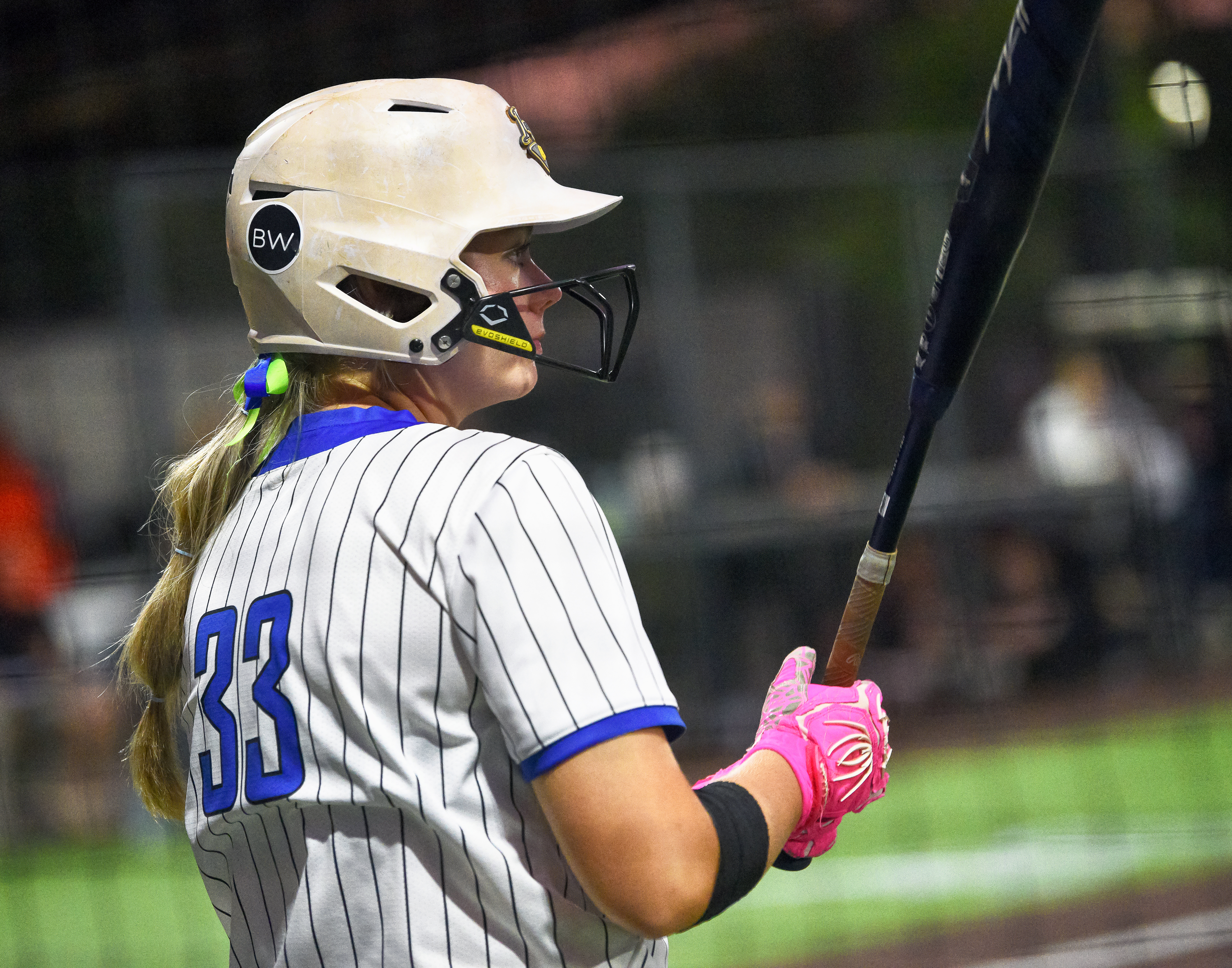ONE GARDENER TO ANOTHER: Let’s grow some tomatoes
Published 6:30 am Sunday, May 21, 2017
The following is the inaugural column from the Limestone County Master Gardeners Association. The group plans to submit recurring commentary pieces on topics of interest to local gardeners.
Tomatoes are the most widely grown vegetable by backyard gardeners. It makes sense then, that the choice of tomato variety, how and where to plant it, when to water and fertilize it, and the best pest-control methods should be understood by the weekend gardener.
This is the first in a series of articles to help readers do that.
Let’s start with choosing the right variety. With the internet so accessible, you could type in your browser something like, “best sauce tomato,” or you could strike up a conversation with someone at your local co-op or ask a friend. Chances are you will end up with quite a list to choose from, which puts you right back where you started.
So, here are my choices of tomato varieties that work well for me and are popular everywhere I’ve lived, from the east coast to the west and from Iowa to the Gulf coast:
• Sauce tomato: Roma;
• Salad tomato: Husky cherry;
• Table slicing tomato: Early girl; and
• Sandwich tomato: Beefsteak.
Planting
I couldn’t leave you without advice on how to put your newly purchased tomatoes in the ground. The only requirements are lots of sun and workable soil.
You’ll read and hear advice like “full sun,” but what does that mean? The expression means 6 to 8 hours of sun per day.
Okay, we’ve got our plants and the perfect location. Let’s dig that hole.
Stop! There’s a technique to this. You’ll need some tools — a shovel, garden hose, sharp scissors or pruning shears, and granular fertilizer (any brand formulated for vegetables will work, it doesn’t need to be the most expensive or the brand that advertises the most).
To determine the needs of your soil for a fertilizer, your first step should always be a soil test. This will help you determine which, if any, fertilizer is necessary.
We’re not digging first, rather we are pruning first. Prune off the lower leaves if the plant is long and leggy. The more stem exposed to soil, the more roots the plant will develop along that stem. That “white fuzz” on the stem is actually roots just looking for soil so they can grow.
Now, dig your hole deep enough so only the lowest leaves are just above the soil line. Place your tomato in the hole, hold it straight up and pull the loose soil in around your plant.
Once planted, mulch the plants with pine straw, pine bark, compost, newspaper or wheat straw. Mulching tomatoes will help reduce weed competition, help reduce disease pressure and help moderate soil temperature and moisture.
Once planted, tomatoes will need a routine watering schedule. When watering, avoid watering overhead and wetting the leaves. The longer the foliage stays wet, the more likely you are to have foliar (leaf) diseases. From now on, gently direct the water with your hose at ground level around the plant. It is best to water in the morning and water less often for longer duration.
Spacing tomatoes is also very important. Plants should not be placed any closer than 18-24 inches apart.
For more information related to growing tomatoes, reference the Alabama Cooperative Extension System’s publication ANR- 0302, Backyard Tomato Production.
Thanks for your interest in backyard gardening, and stay tuned. Our next article will cover staking and pruning. Remember, keep those tomatoes moist but don’t drown them.
— Shaw, a member of the Limestone County Master Gardeners, can be reached at 850-393-1717. For more information on the Limestone County Master Gardeners, click here.





